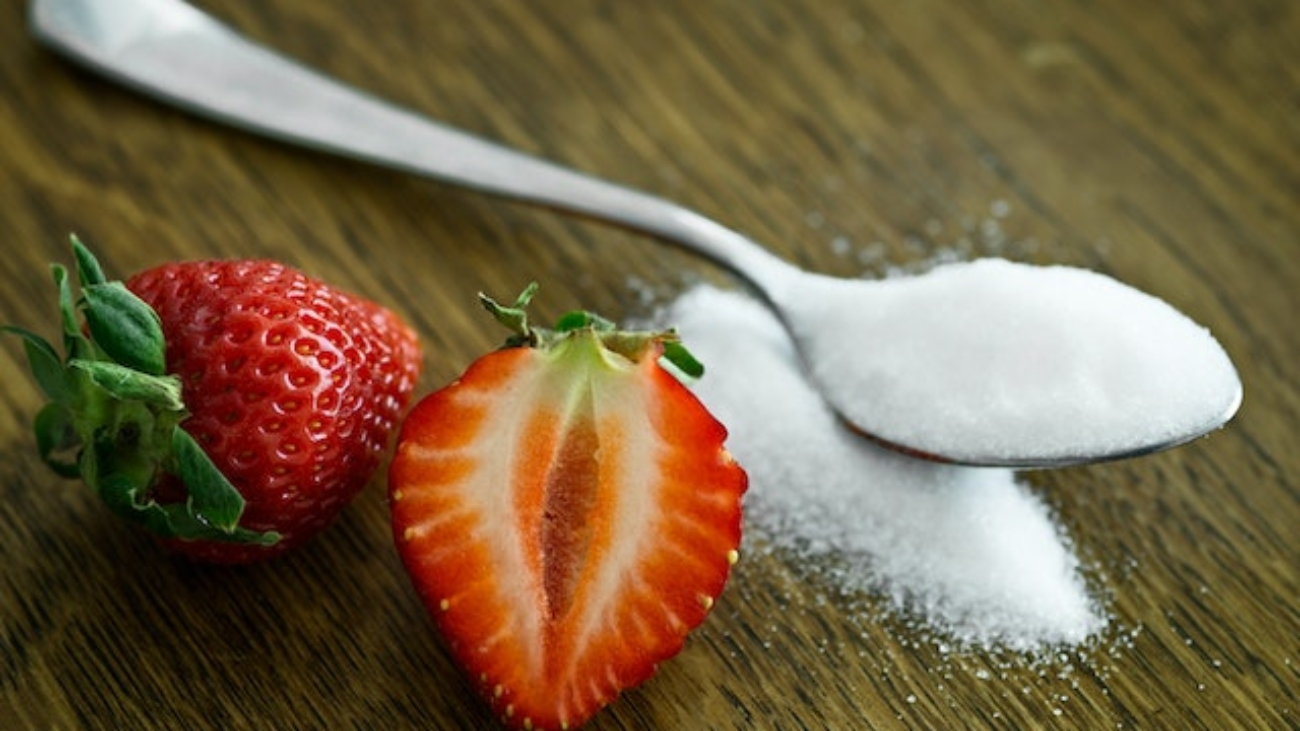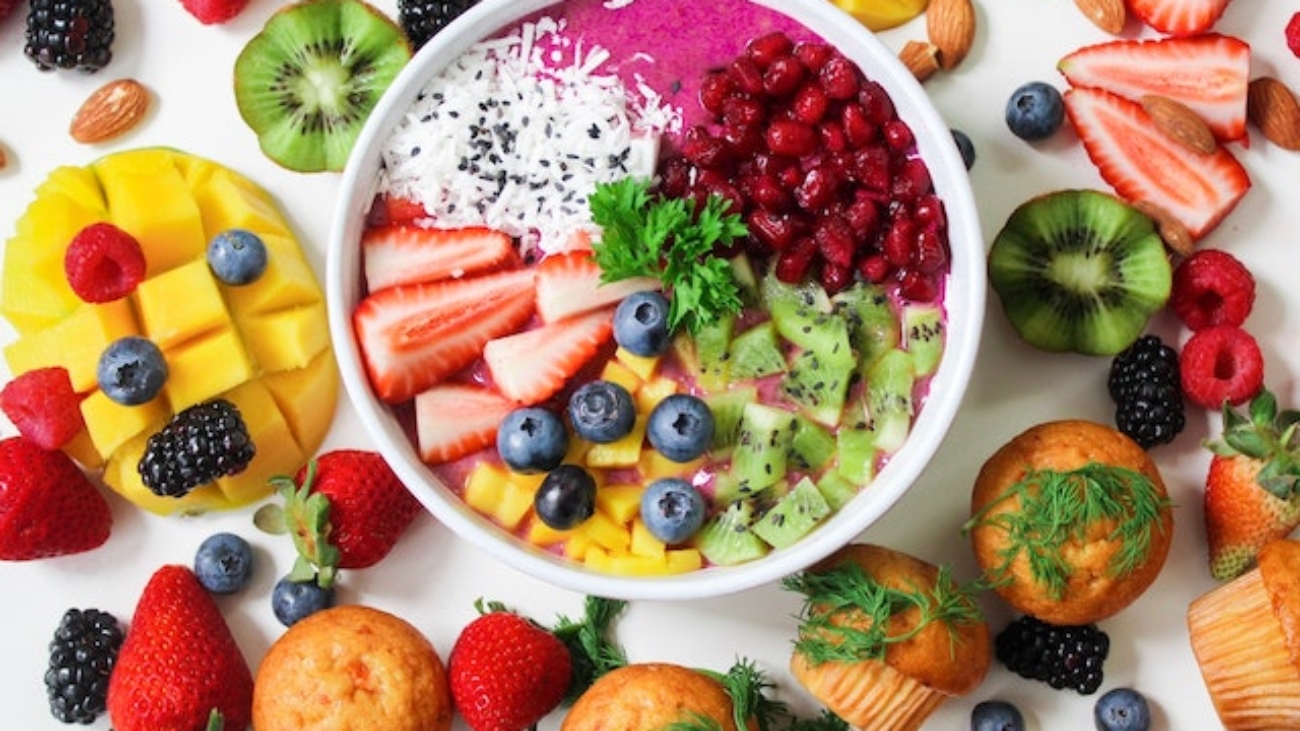1. Keep a food journal: A food journal can assist you with following what you eat, yet additionally how much, when, and where you ate it. Go through only one-day recording what and the amount you eat, and how you feel later. No cheating! Include the calorie completed the following day. Many free web-based trackers and applications count protein, sugar, and fat admission, as well as how well you meet the RDA for the majority of significant nutrients and minerals. It’s essential to follow your food, however when you ate it, also. Certain individuals likewise track their state of mind and who they were with to check whether close-to-home eating designs are prodding them to eat a bigger number of calories than they ought to.
2. Compute calories: Most eating routine plans center around the number of calories to eat every day, like 1,500 or 2,000 calories for decently dynamic individuals. Some many free applications and locales ascertain the number of calories you that ought to eat for your activity level, the amount to eat to keep up with weight, and the number to eat to get in shape.
3. Estimate and measure your food: Estimating is an aggravation from the beginning, yet you’ll become accustomed to it quickly. It will likewise make you very cognizant of what food sources top you off and what food varieties simply do not merit the calories. Realizing this will assist you with pursuing better dietary decisions. Consider putting resources into a food scale — a limited scale that actions ounces and grams of the food. A basic arrangement of estimating cups and spoons can likewise assist you with monitoring food segments.
4. Eat the right food: What are the right food sources? Insignificantly handled food varieties are awesome for sports and power-lifting sustenance. Lean protein, complex carbs, and fiber are your dearest companions, particularly if you’re attempting to get fitter. Your body needs lean protein, for example, turkey, nonfat Greek yogurt, fish, and egg whites to fabricate muscle and remain full. Complex carbs, for example, green verdant vegetables, give you the energy to consume and fiber fills you and keeps your stomach-related framework and chemicals in alignment. Fats ought to be healthy, mono-soaked fats, like olive oil, or from plant-based sources wealthy in omega-3 unsaturated fats. Pecans, flaxseeds, comparative oils, nuts, and seeds give healthy fats.
5. Try not to eat some unacceptable food varieties: Recall what 57.9% of Americans eat. Those are some unacceptable food sources. Keep away from food varieties that come in boxes and packs, yet read the name assuming you should. Handled food varieties for the most part contain lots of sugar, salt, and additives. Begin looking at names and disregard the promotion on the facade of the bundle. Words, for example, “regular” and “healthy” frequently conceal how terrible certain food sources are for your waistline and heart. A great guideline: the fixings list on item bundling records elements of the greatest amount first. Search for “genuine food” names close to the first spot on the list and unpronounceable synthetic names close to the lower part of the rundown if you should enjoy bundled food sources. Better actually, save handled food varieties as an interesting treat or life hack when required.
6. Limit your drinking: Liquor has a lot of calories. It’s not difficult to add 400 or 500 calories to your day-to-day absolute with alcohol, and, surprisingly, more assuming you like alcohol joined with sweet blends. A few nutritionists accept the calories polished off from liquor are especially terrible for you since when the body gets liquor, it consumes liquor for fuel first, then, at that point, consumes other fuel. If you’re drinking and eating, the calories from what you are eating might be switched over completely to fat a lot quicker. Liquor does not merit consuming the serious competitor. It has a bigger number of downsides than benefits.
7. Hydrate: Water is nature’s ideal refreshment. Drink a lot of new, unadulterated water every day, incorporating it with dinners. Drink around 16 liquid ounces, or two cups of water, around two hours before an exercise. Taste water all through your exercise. Assuming that you’re working out in a warm climate, make certain to hydrate than you naturally suspect you want. Thirst is an indication that your body is slightly dehydrated. Drink to remain in front of your thirst.
8. Keep away from sugar: Sugar can be found in numerous food sources normally, for example, fructose in products of the soil like maple syrup and honey. Refined, white sugar gives fuel and not much else for your body’s necessities. It causes tooth rot and can prompt stoutness. Get your sugar from regular treats, for example, a piece of organic product eaten for dessert, and try not to add sugar to your eating regimen.


